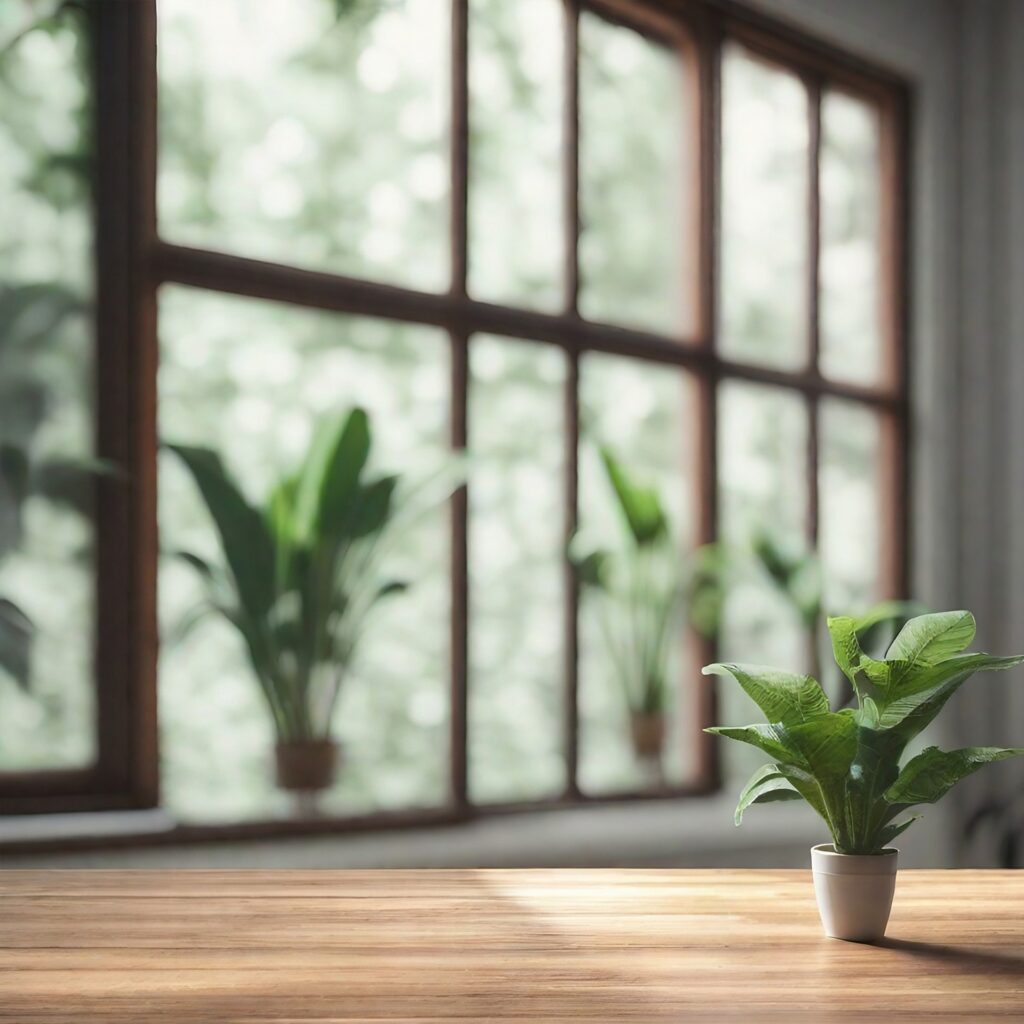Elevating Interior Design with Thoughtful Color Choices
At R E D S T A R G R O U P O F T O R O N T O LTD, we understand the transformative power of color in interior design. The right color palette can breathe life into a space, evoking emotions and setting the tone for the desired ambiance. From soothing neutrals to vibrant accents, the selection process requires careful consideration to ensure the final result is both visually appealing and harmonious.

Crafting the Perfect Color Scheme
- Understand the Purpose of the Space
Every room has a function, and the color scheme should reflect that. For example, calming blues and soft neutrals work well in bedrooms for relaxation, while vibrant colors like yellow or orange can energize a kitchen or dining area. The key is to match the color to the room’s intended use and atmosphere. - Find Inspiration in Nature and Surroundings
Nature is one of the best sources of color inspiration. Whether it’s the cool blues of the ocean, the warmth of autumn leaves, or the muted tones of a desert landscape, natural colors tend to create a harmonious environment. Taking cues from surroundings helps anchor the design to the space’s context. - Use the 60-30-10 Rule
A classic rule in interior design, the 60-30-10 approach, helps create a balanced and visually appealing color scheme. It involves using 60% of the dominant color (typically walls), 30% of the secondary color (furniture or fabrics), and 10% for accent pieces (accessories or artwork). This formula ensures balance without overwhelming the senses. - Choose a Base Neutral
Neutral tones such as whites, grays, or beiges provide a timeless foundation for any room. From here, pops of color can be added without risking visual chaos. Neutral backgrounds allow for flexibility and make it easier to refresh a space with seasonal or trend-based accent colors. - Consider Lighting
Lighting plays a significant role in how colors are perceived. A shade might look different in natural daylight versus artificial light. We carefully assess the lighting in each space, making sure the chosen palette maintains its desired effect at any time of day. - Balance Warm and Cool Tones
A perfect color scheme often strikes a balance between warm tones (reds, yellows, oranges) and cool tones (blues, greens, purples). Warm colors evoke feelings of warmth and comfort, while cool colors tend to be calming and serene. Mixing these tones in the right proportions creates dynamic yet cohesive spaces. - Don’t Be Afraid of Contrast
High contrast between colors can make a room visually exciting. Pairing darker hues with lighter ones—like navy and white—creates a crisp, modern look. Alternatively, subtle contrast through analogous colors (those close to each other on the color wheel) creates a more subdued, tranquil vibe. - Add Texture for Depth
Color alone can’t do all the work. Incorporating different textures, such as matte, glossy, or textured finishes, enhances the overall look and feel of the space. These tactile elements add dimension and interest to a room, preventing the color scheme from feeling flat. - Test Before Committing
Before finalizing any color scheme, we always test the colors in the actual space. Paint swatches, fabric samples, and material boards allow us to see how the colors interact with light, furniture, and one another, ensuring the perfect choice is made before moving forward. - Reflect the Client’s Personality
Ultimately, the color scheme should reflect the personality and preferences of the client. Whether bold and adventurous, or soft and sophisticated, we work closely with our clients to ensure that the colors chosen resonate with their vision and personal taste.

Balancing Hues for Maximum Impact
By thoughtfully curating the colors used throughout the interior, the team at R E D S T A R G R O U P O F T O R O N T O LTD can help create spaces that are not only visually stunning but also reflective of their clients’ unique preferences and design goals. From the selection of paint colors to the coordination of furnishings and accessories, every detail is carefully considered to ensure a cohesive and harmonious result.


